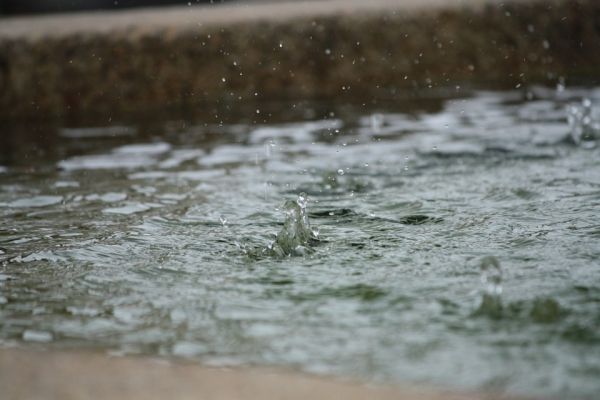The role that atmospheric water vapor plays in weather is complex and not clearly understood. However, University of Arizona researchers have started to tease out the relationship between morning soil moisture and afternoon rainfall under different atmospheric conditions in a new study in the journal Geophysical Research Letters.
"The prevailing wisdom on the relationship between soil moisture and rainfall is that if you have wetter soil in the morning, you'll have a greater occurrence of rainfall in afternoon, but it's more complicated than that," said lead author Josh Welty, a UArizona doctoral student in the Department of Hydrology and Atmospheric Sciences. "On a global scale, we see evidence that you can have greater chances of afternoon rainfall over both wet and dry soil conditions, depending on atmospheric moisture."
The team, which also included researchers from the Desert Research Institute in Nevada and NASA's Goddard Space Flight Center, used satellite-based observations of soil moisture and afternoon rainfall in the northern hemisphere from the last five years. The work was supported by NASA and is based on NASA satellite data from the Global Precipitation Measurement mission and the Soil Moisture Active Passive satellite, as well as atmospheric moisture and movement data from the Modern-Era Retrospective analysis for Research and Applications Version 2, or MERRA-2, model, which incorporates satellite observations.
The researchers found that on days when wind blows in little atmospheric moisture, afternoon rainfall is more likely to occur over wetter soils or higher relative humidity. On days when wind introduces lots of atmospheric moisture, afternoon rainfall is more likely over drier soils or lower relative humidity. The team also found that for both conditions, afternoon rainfall occurrence is more likely with warmer morning soil or air temperature.
Read more at University of Arizona
Photo Credit: aderna via Pixabay


